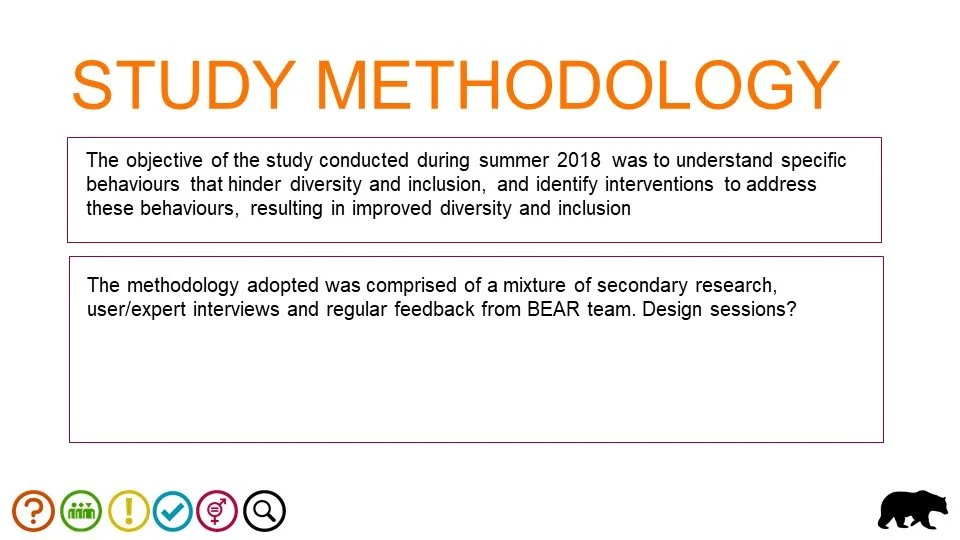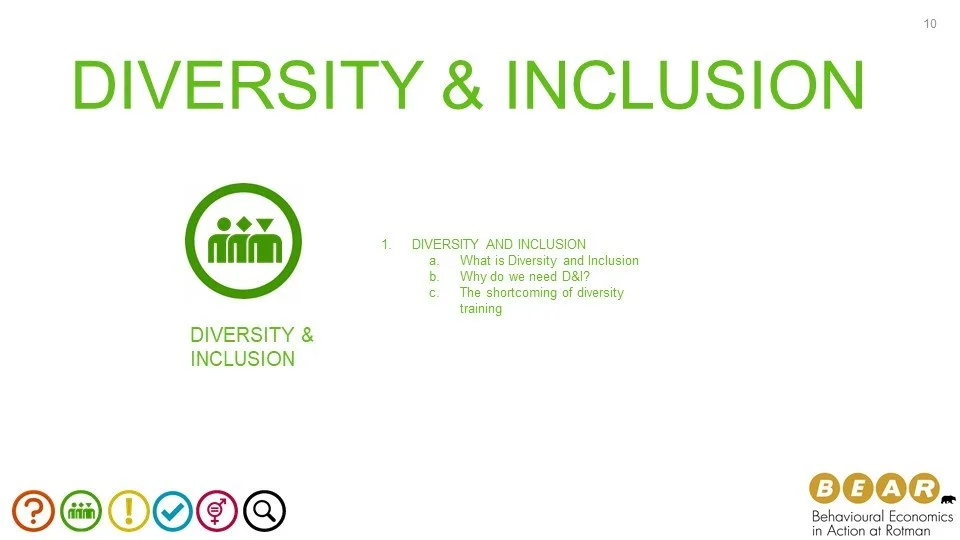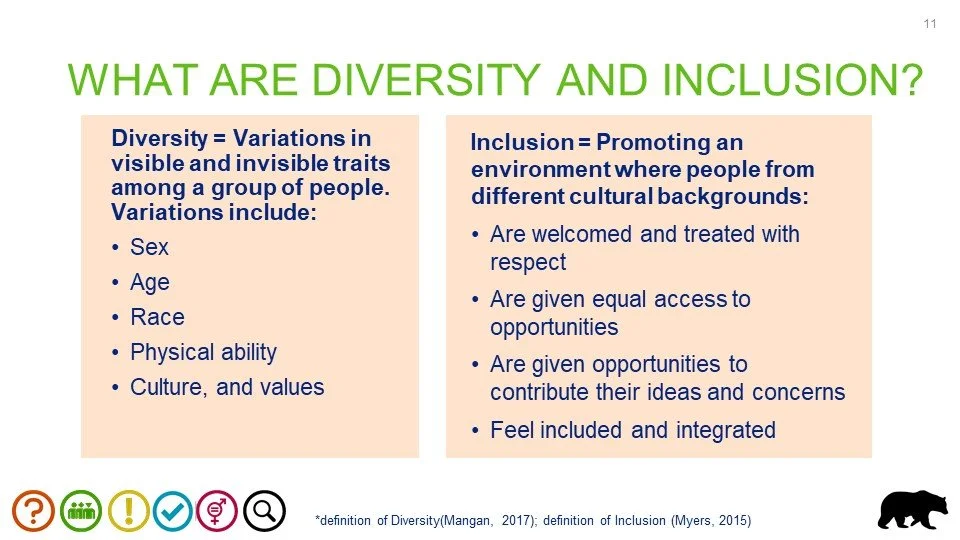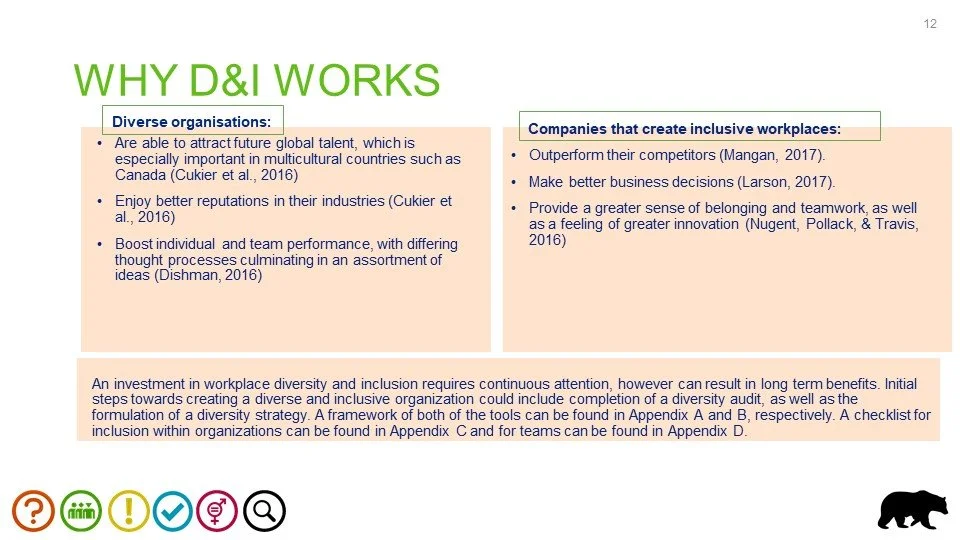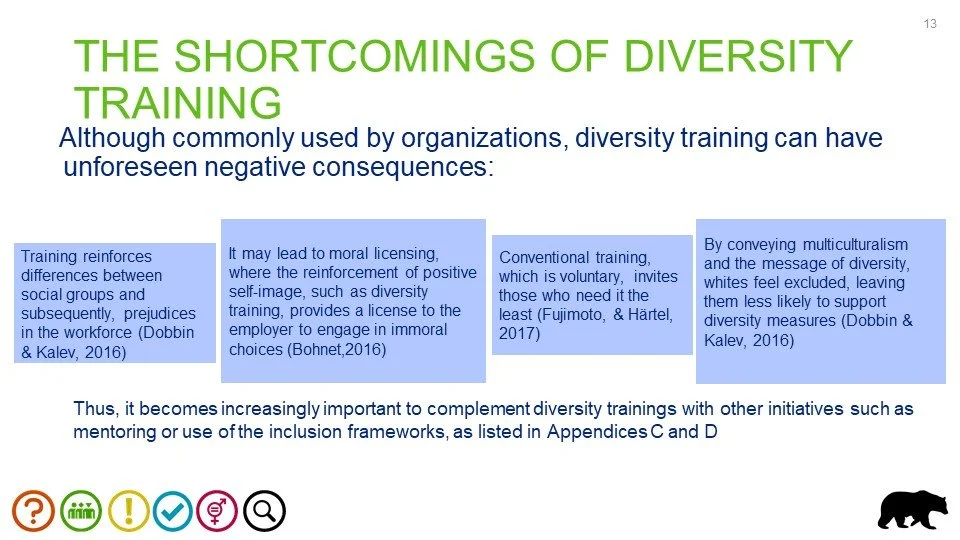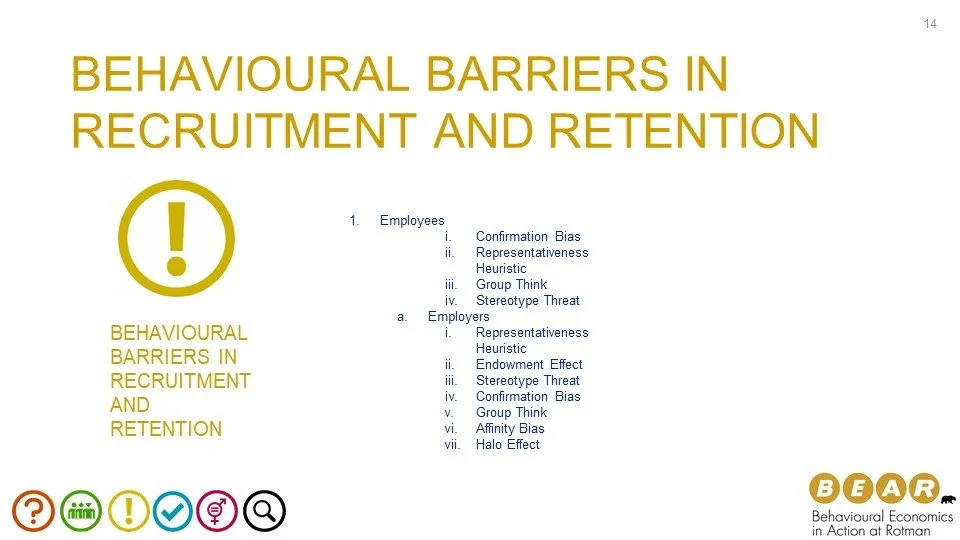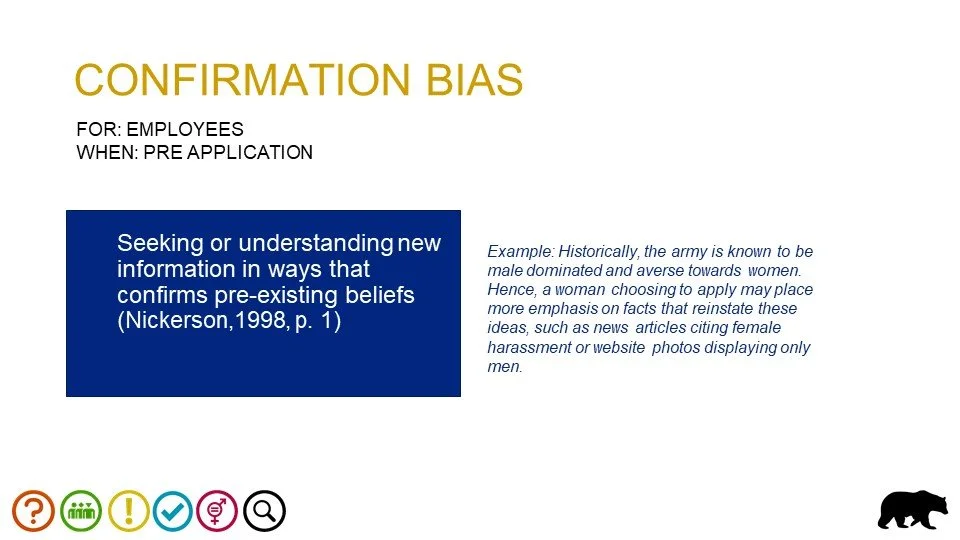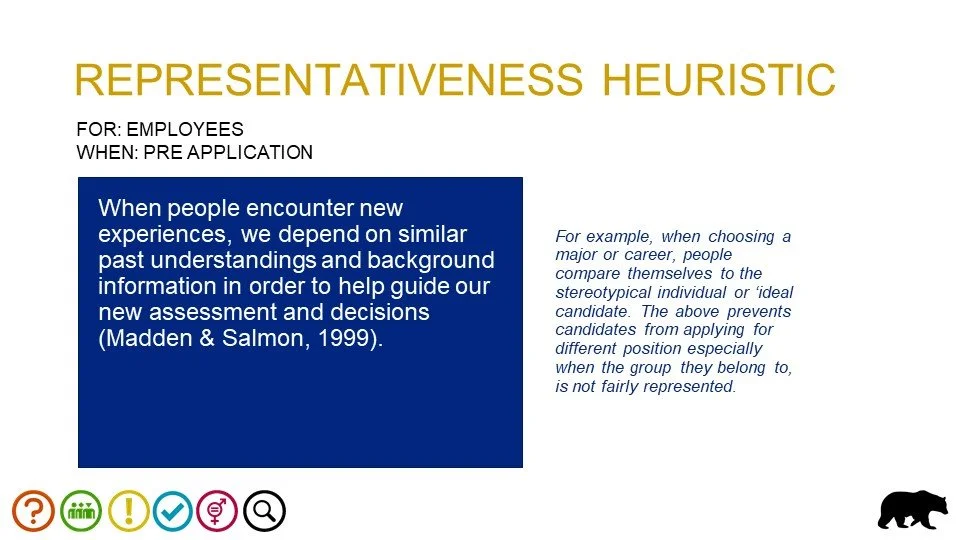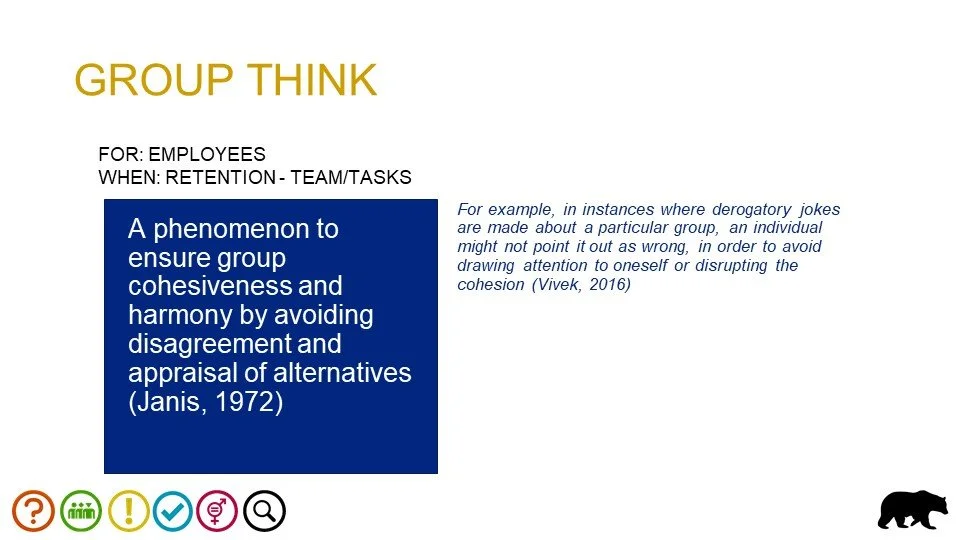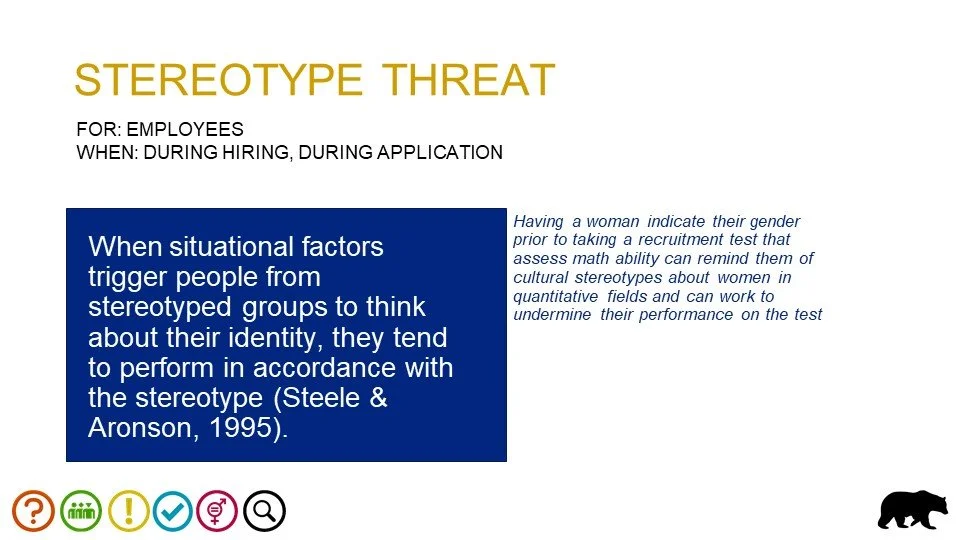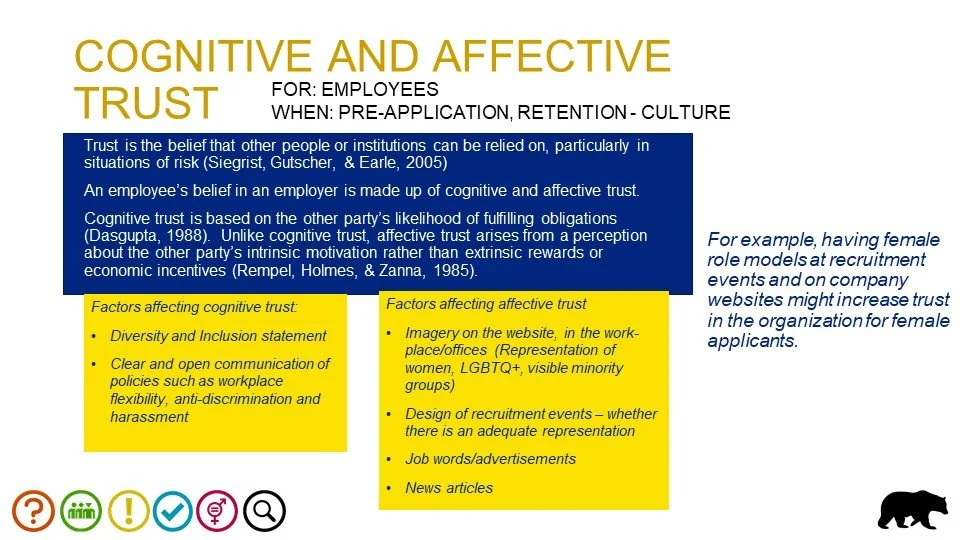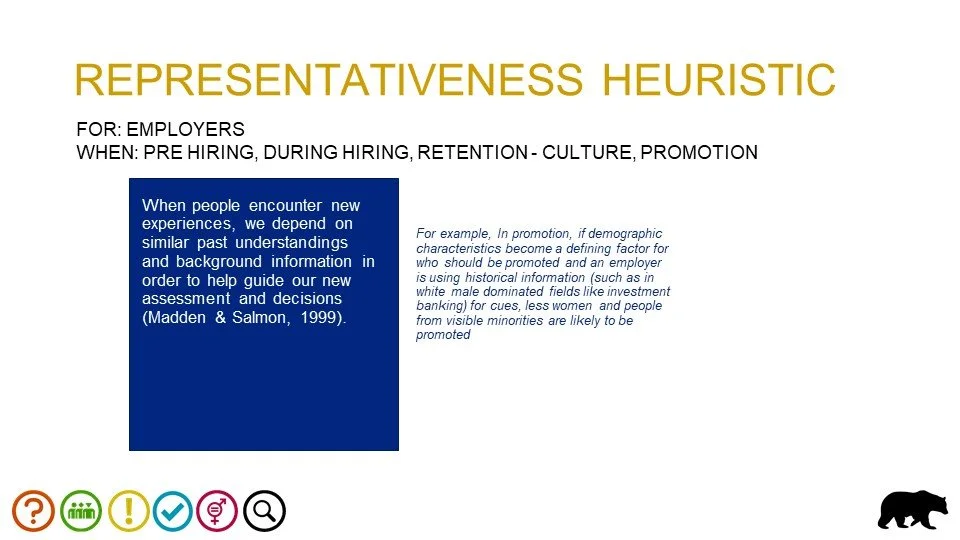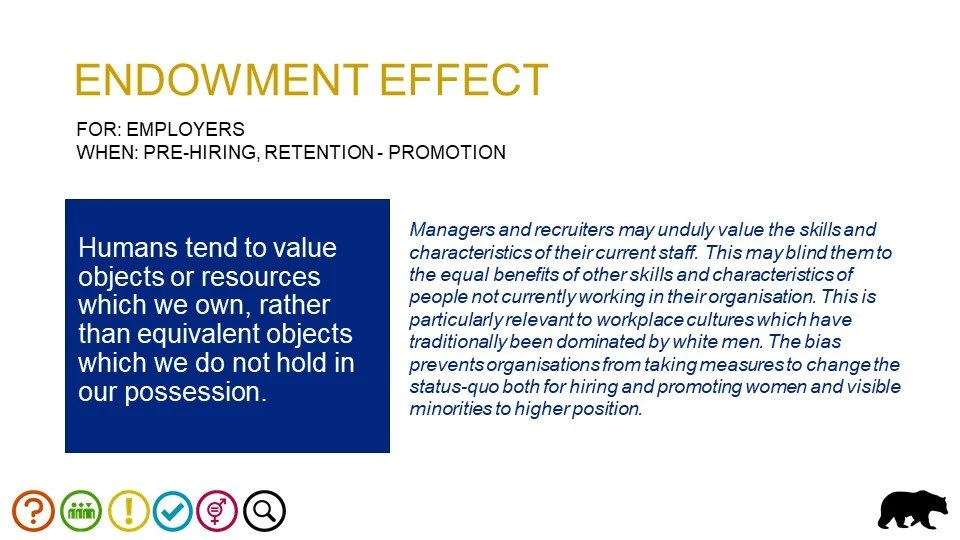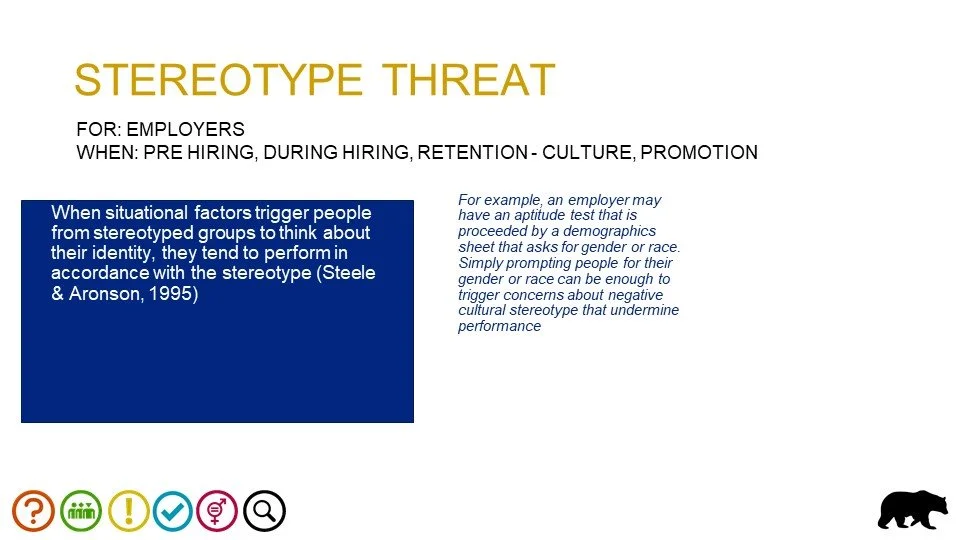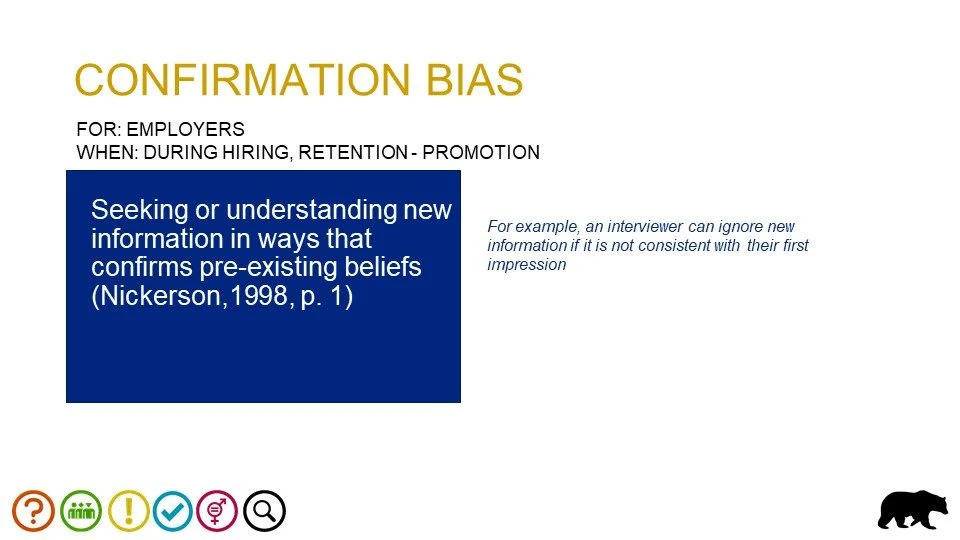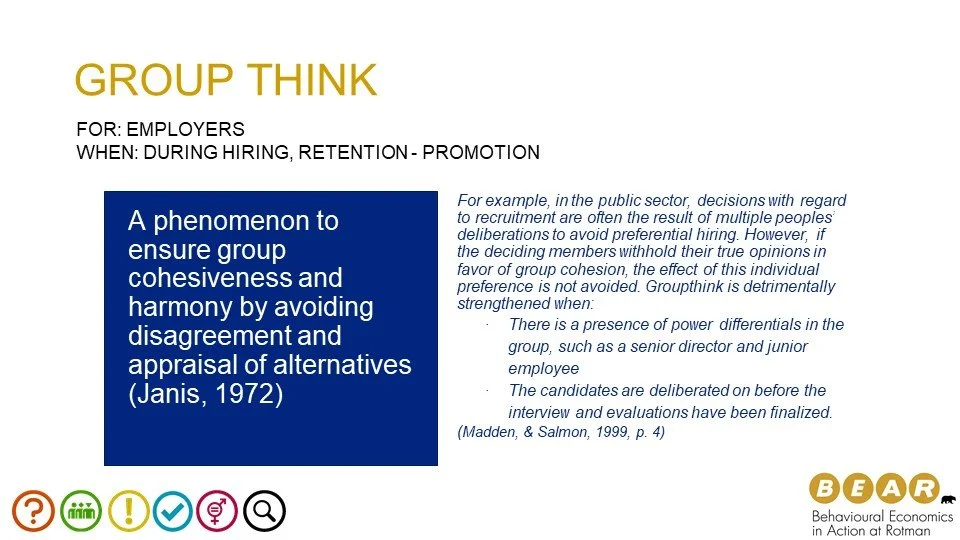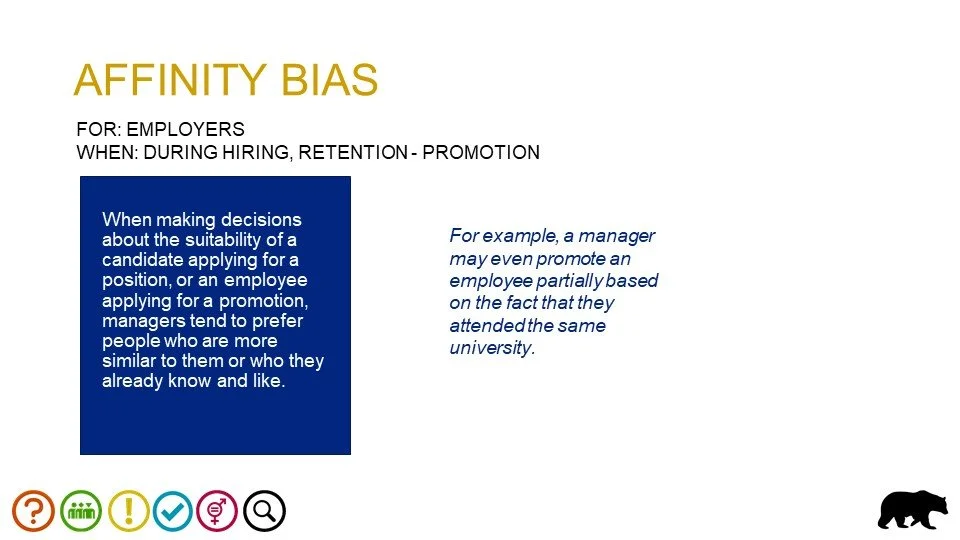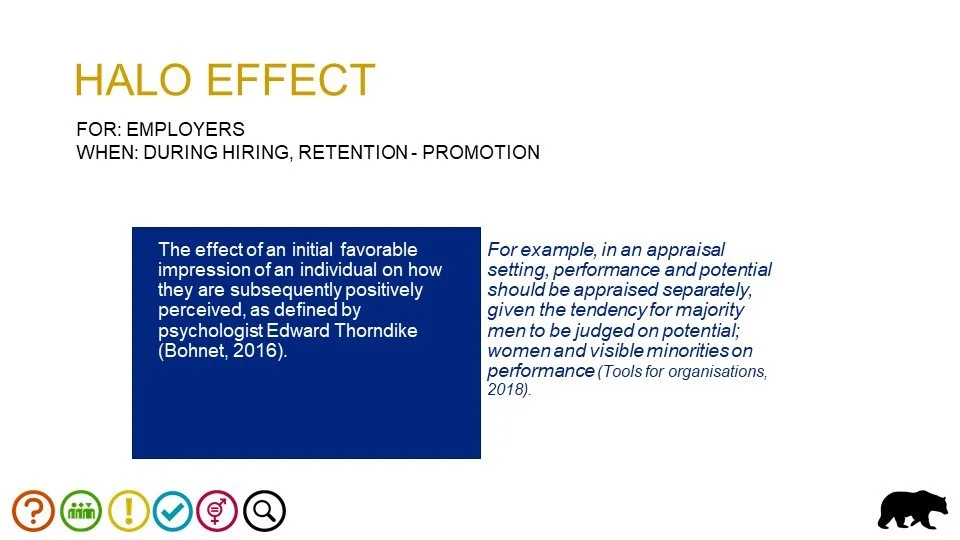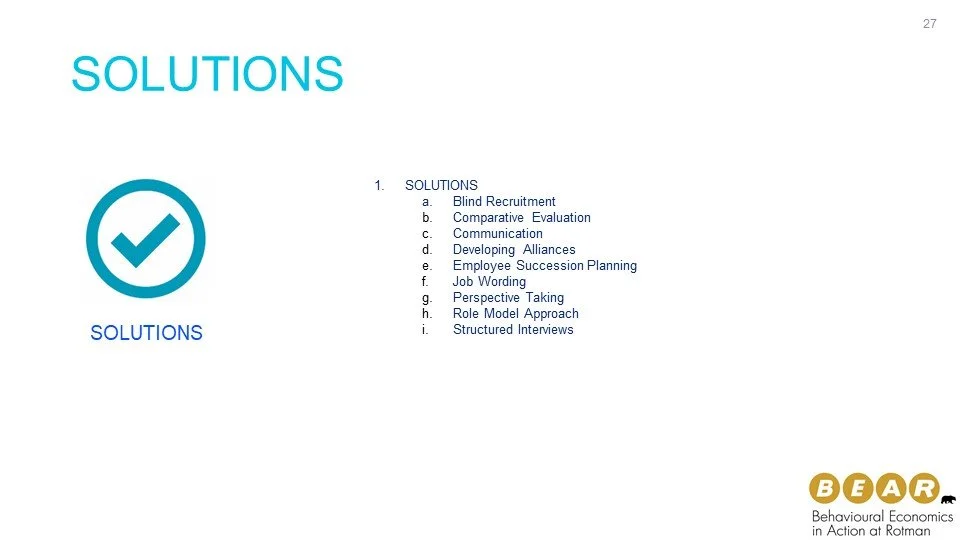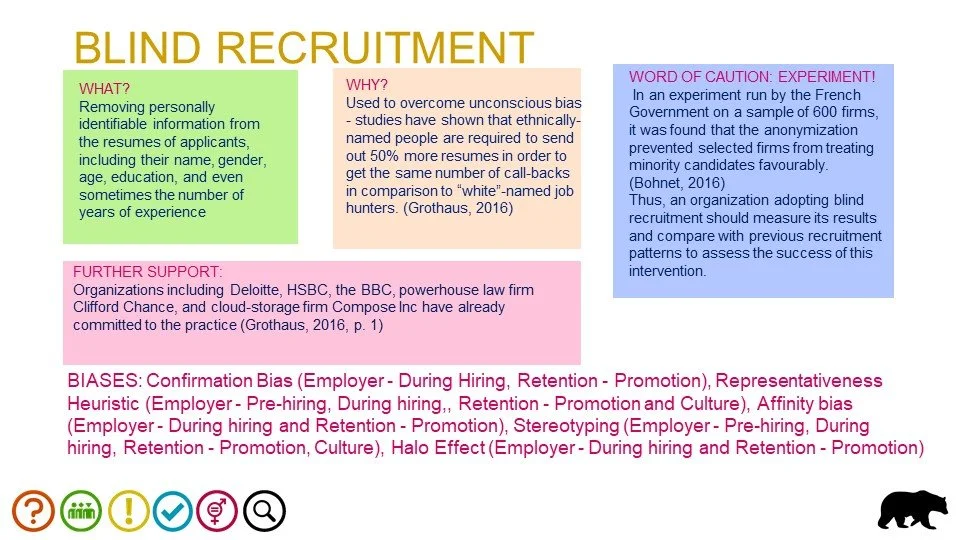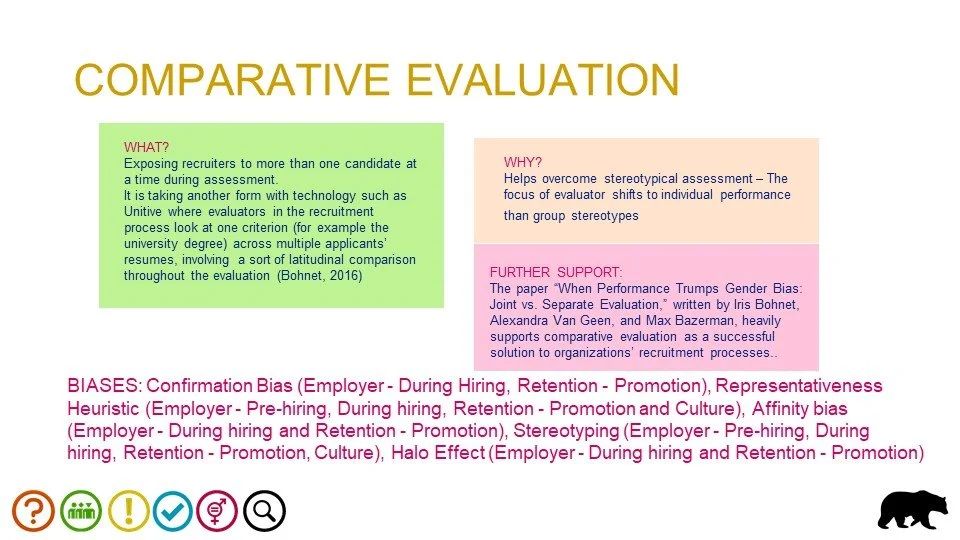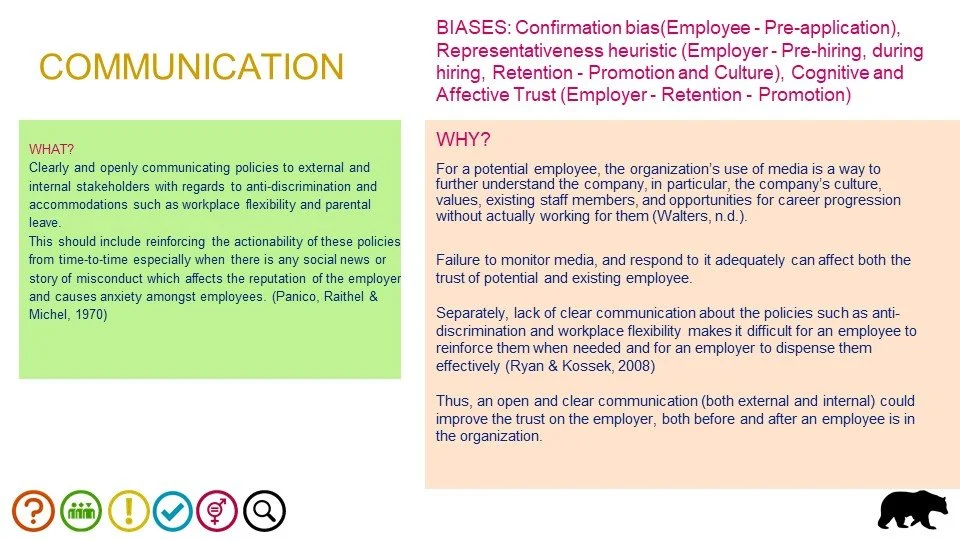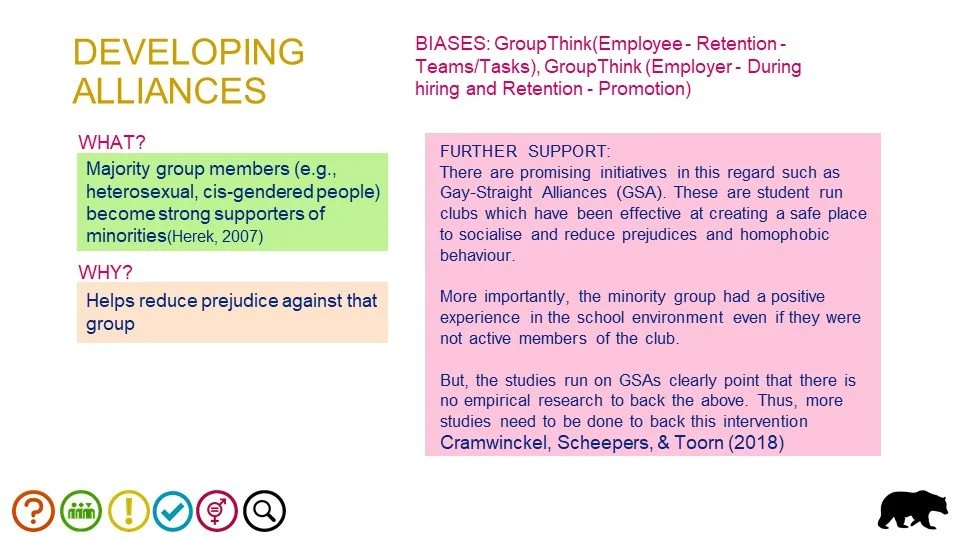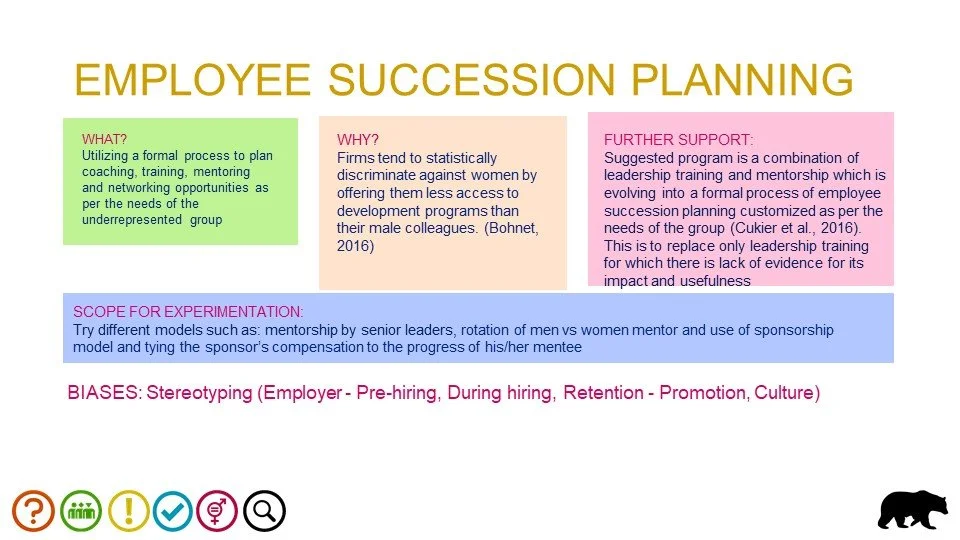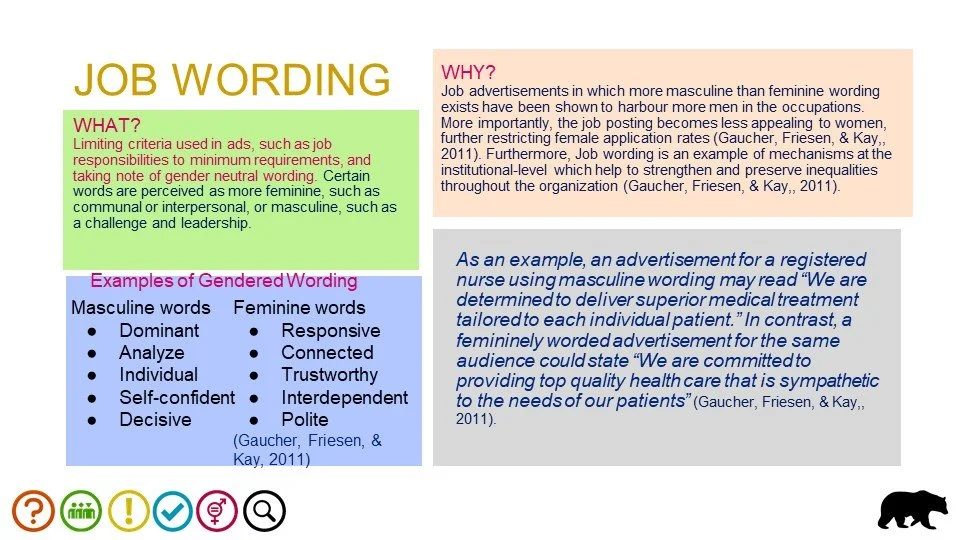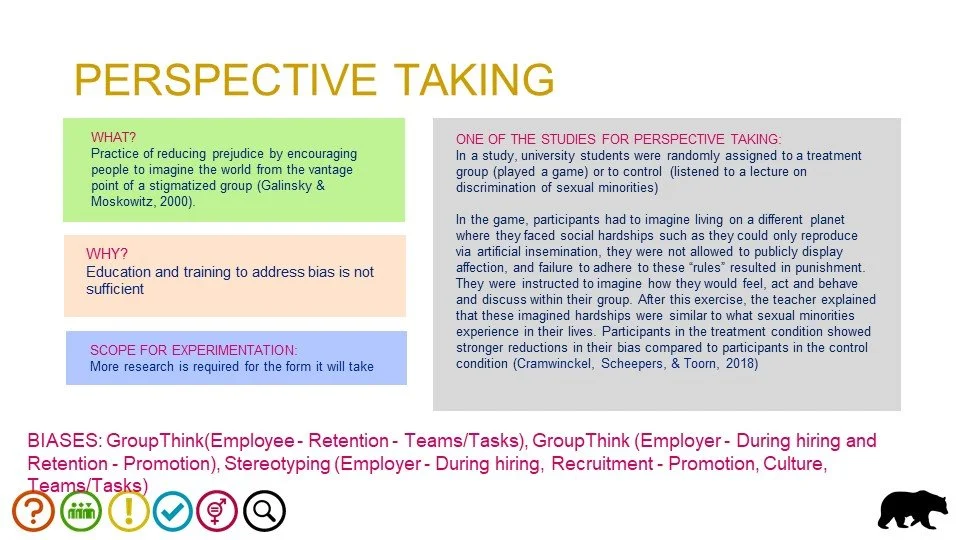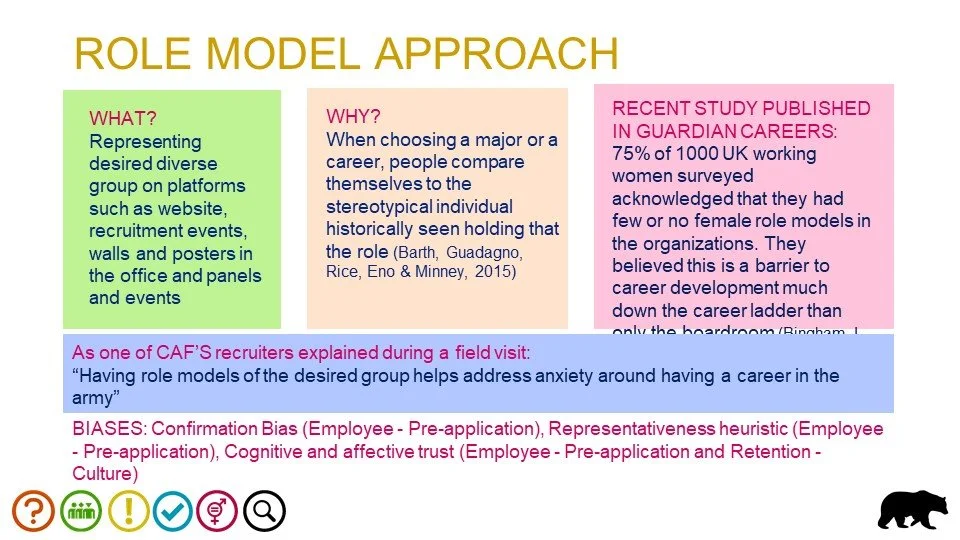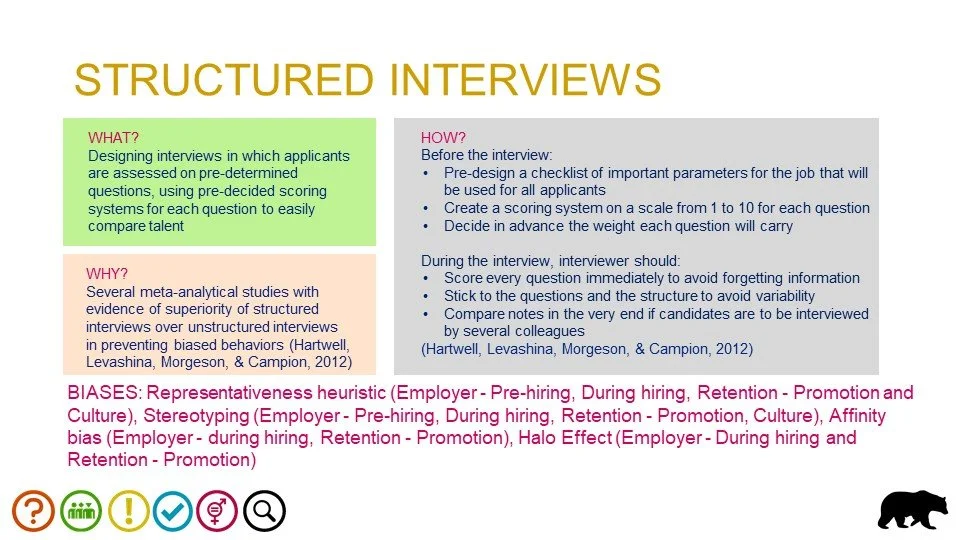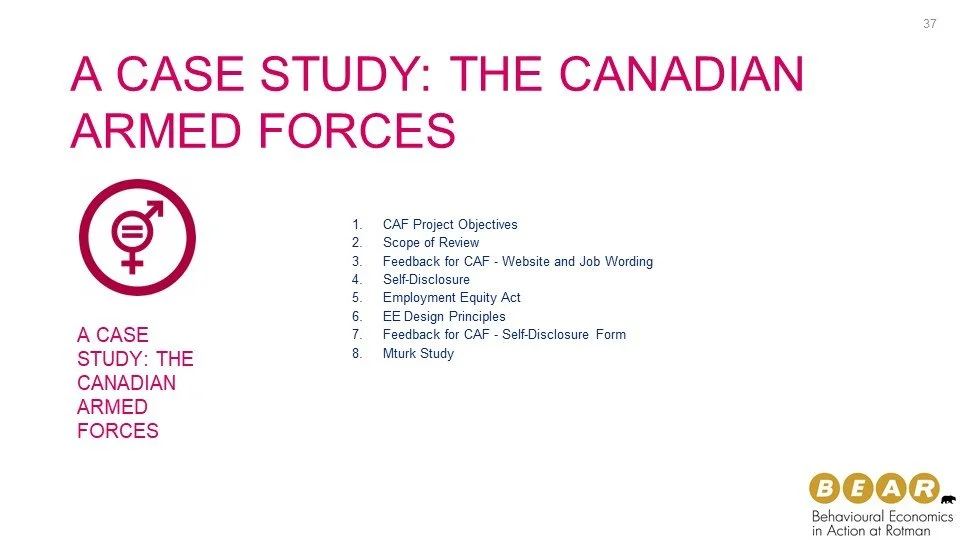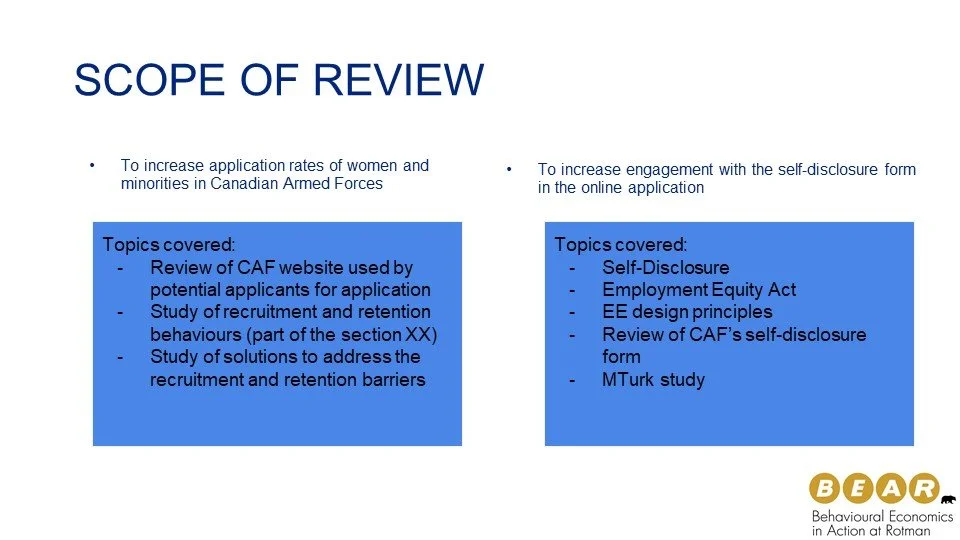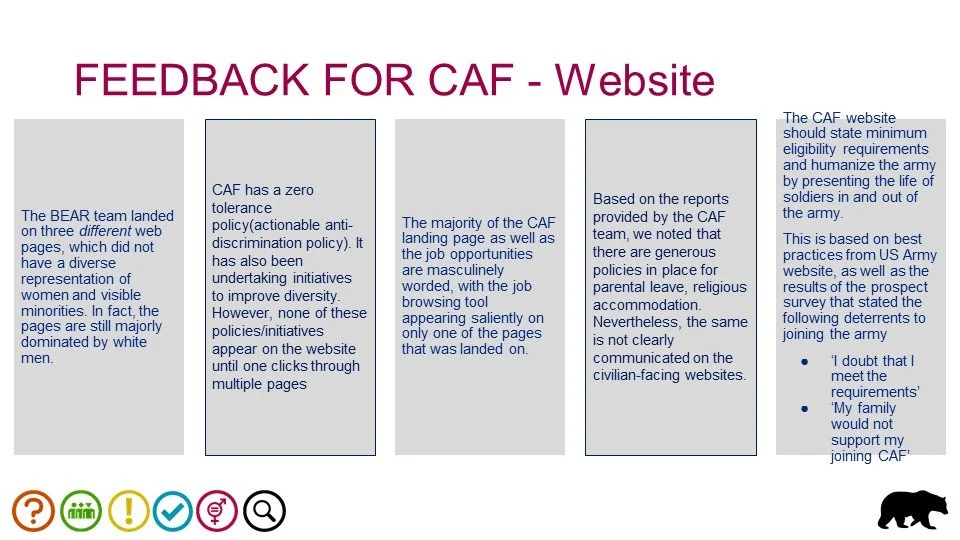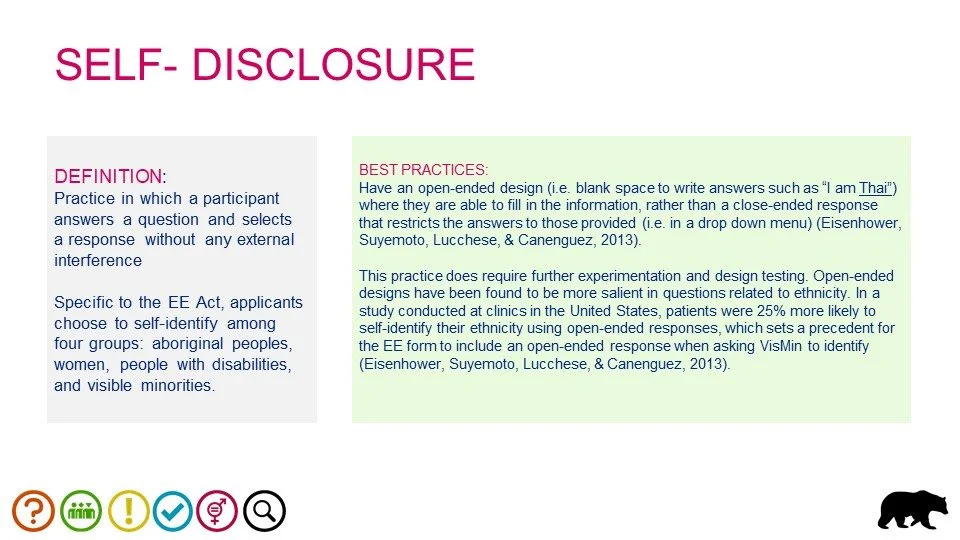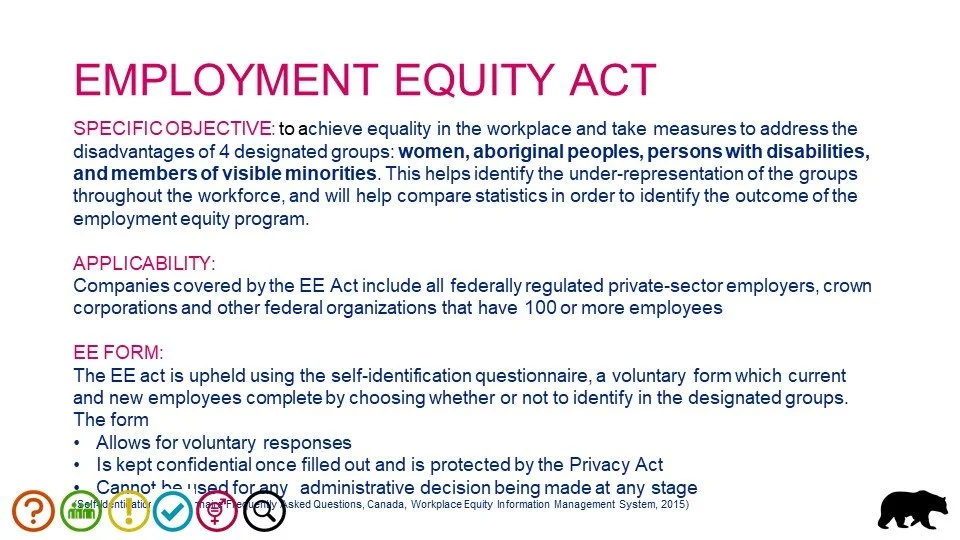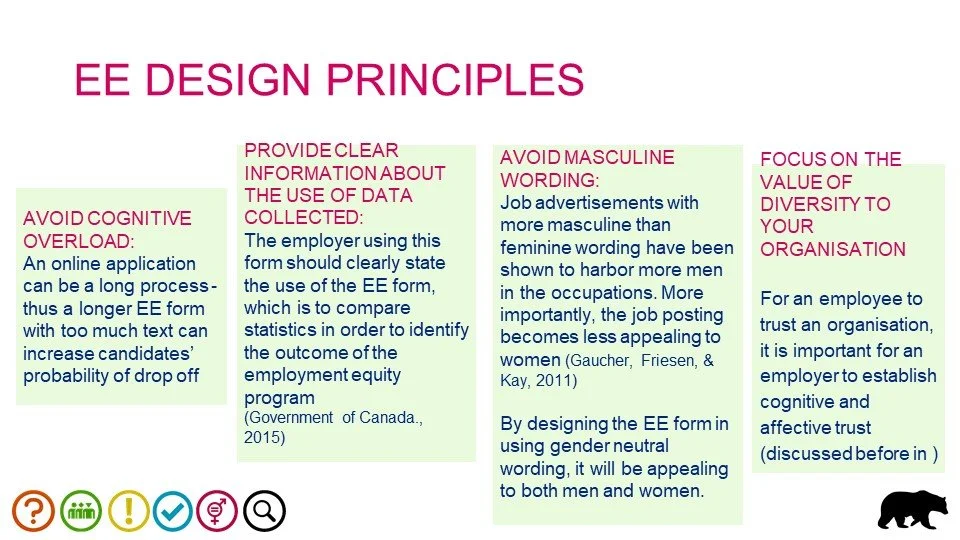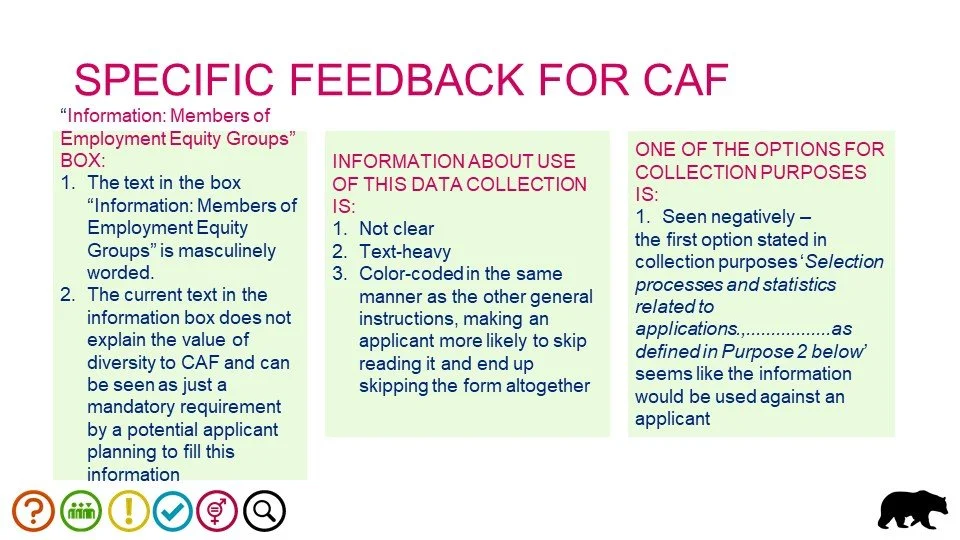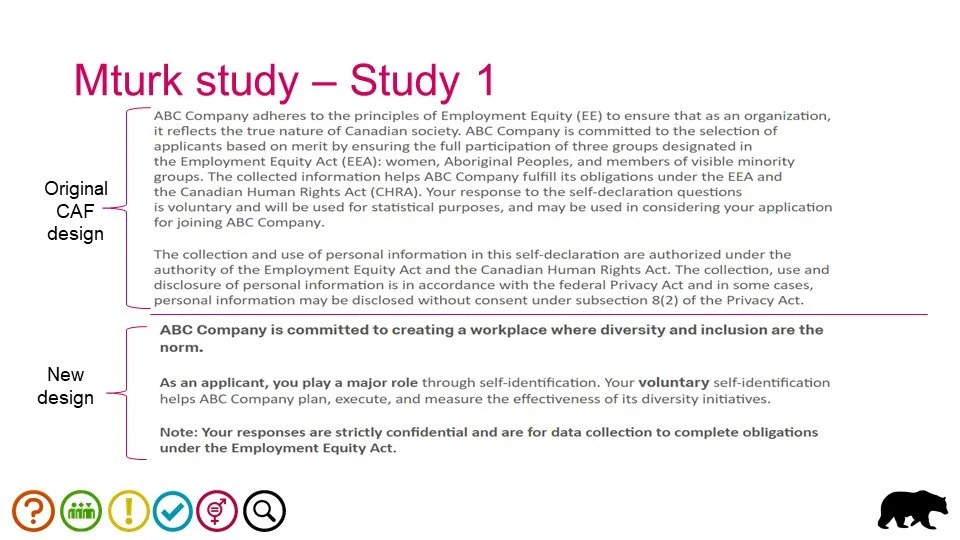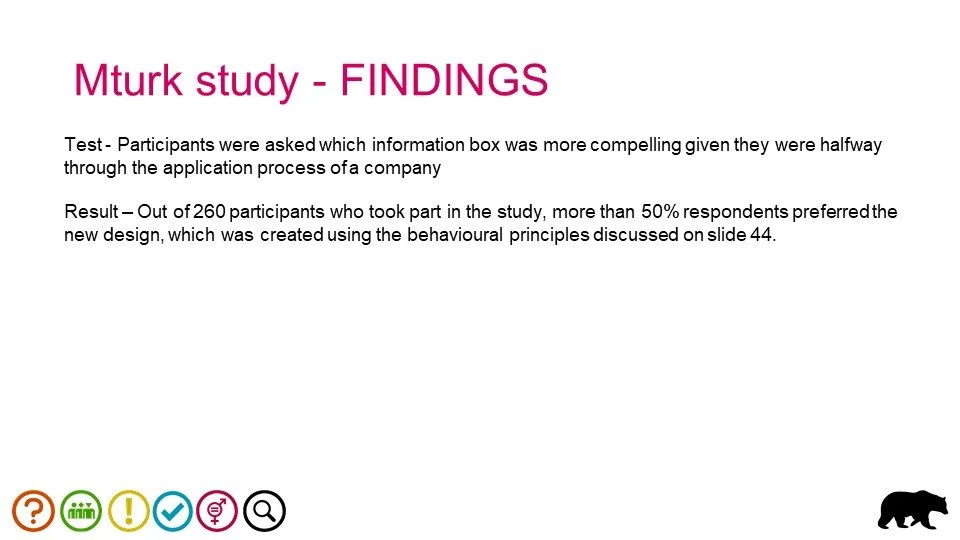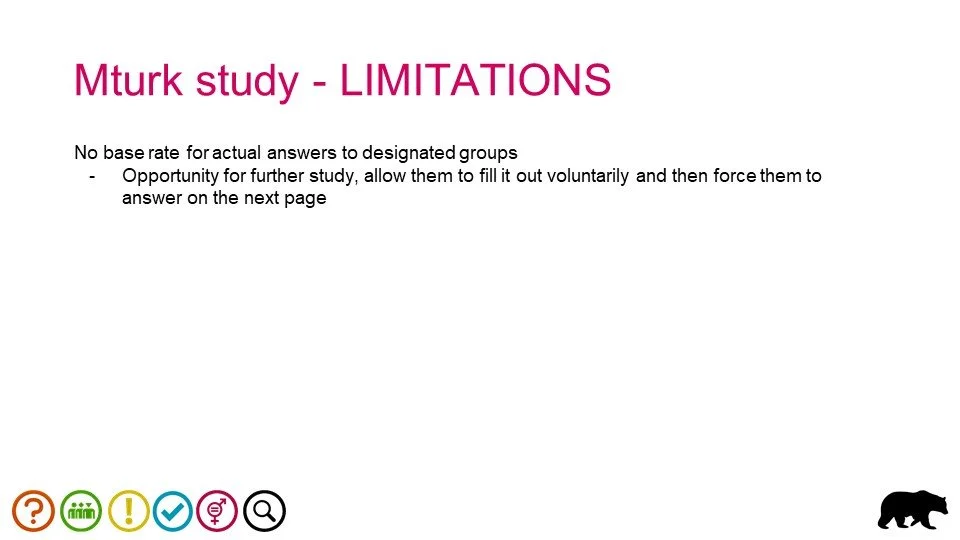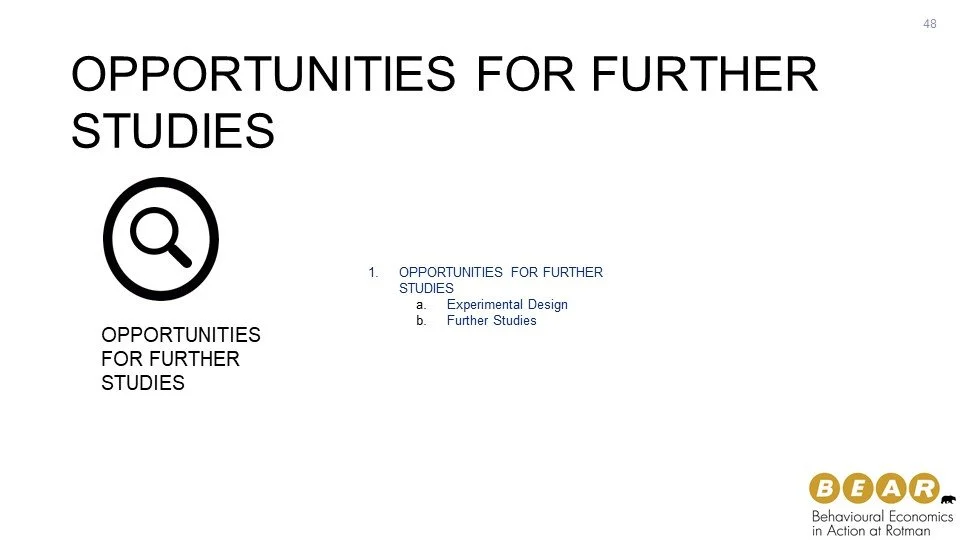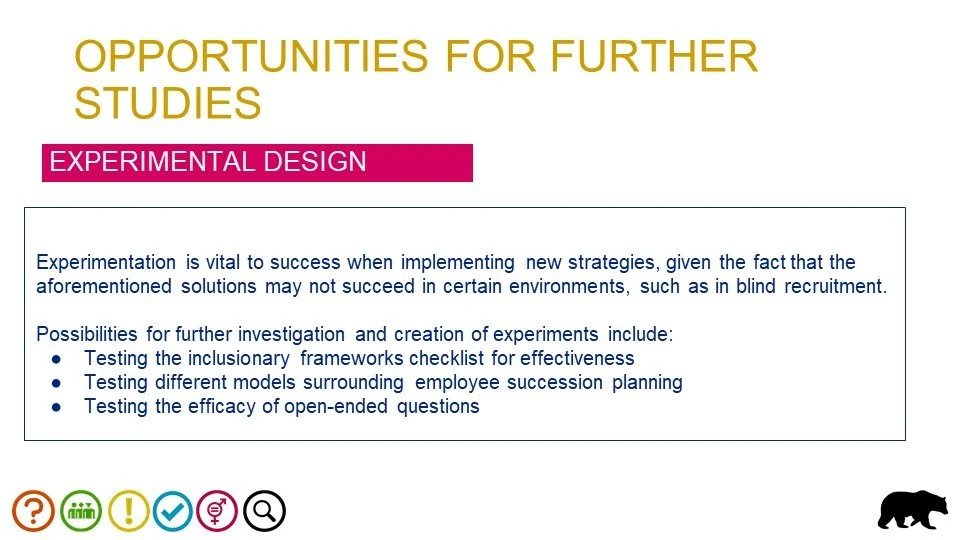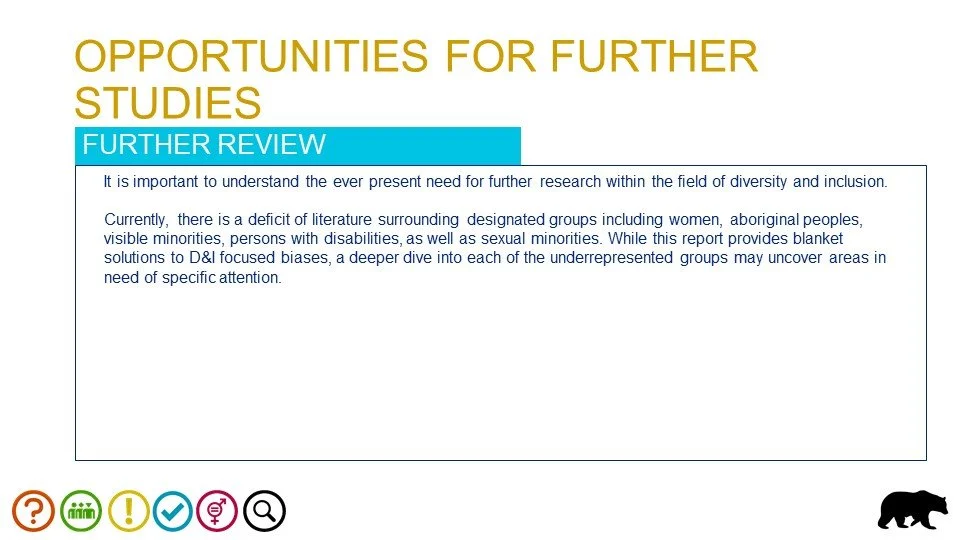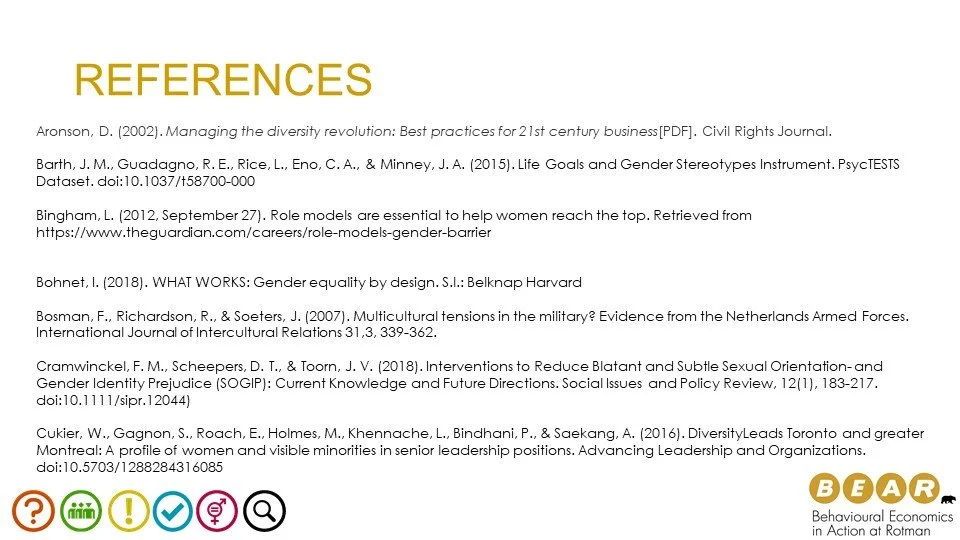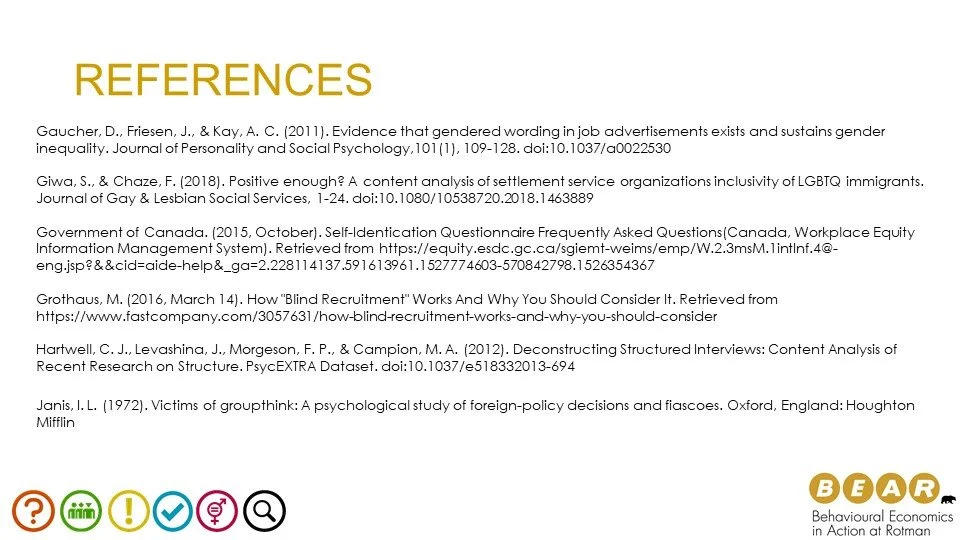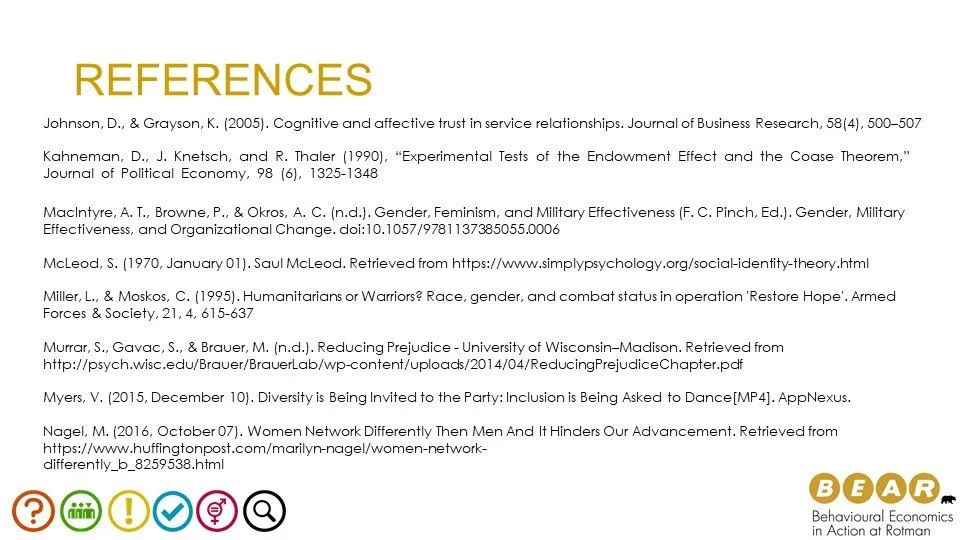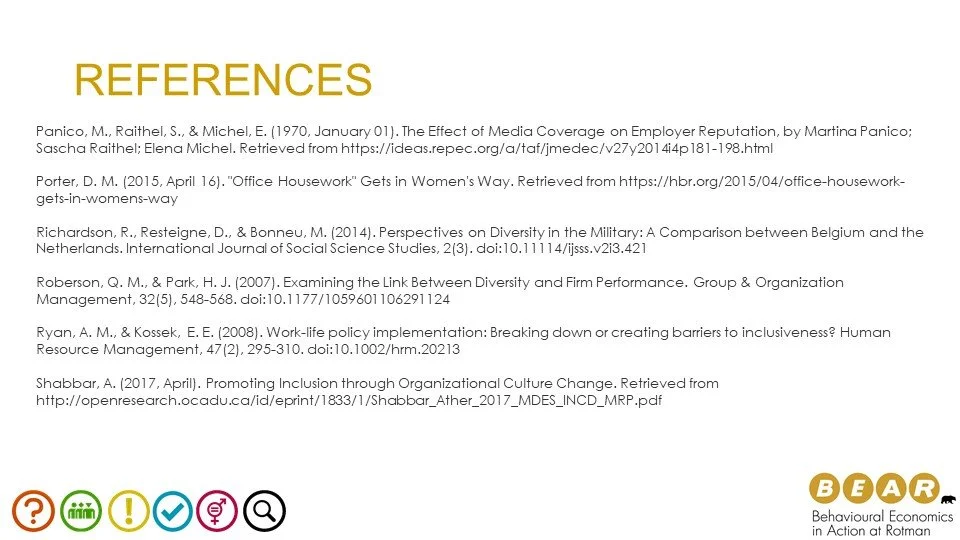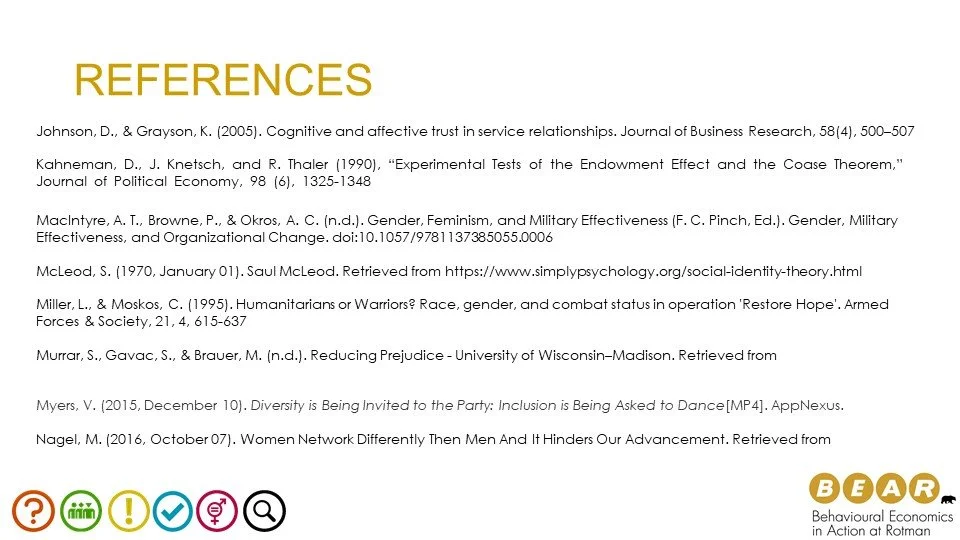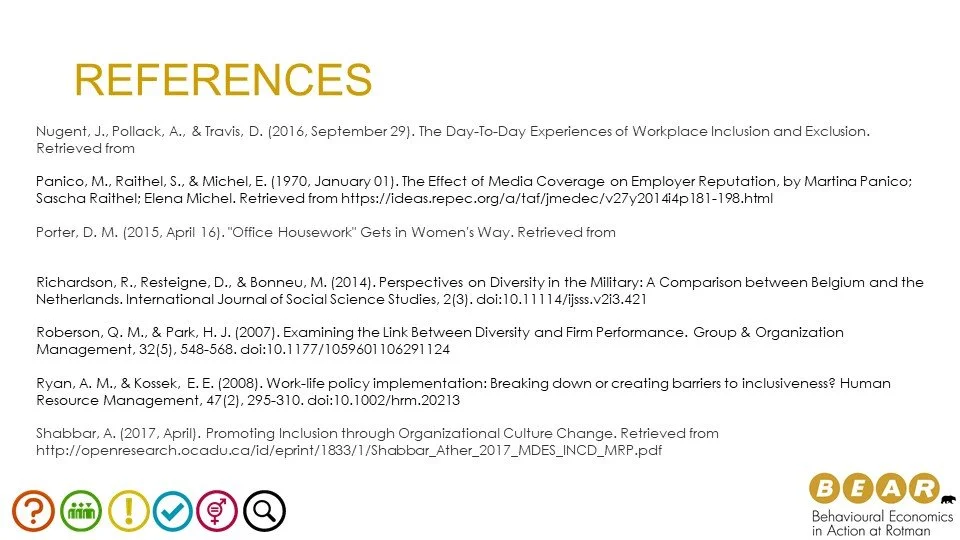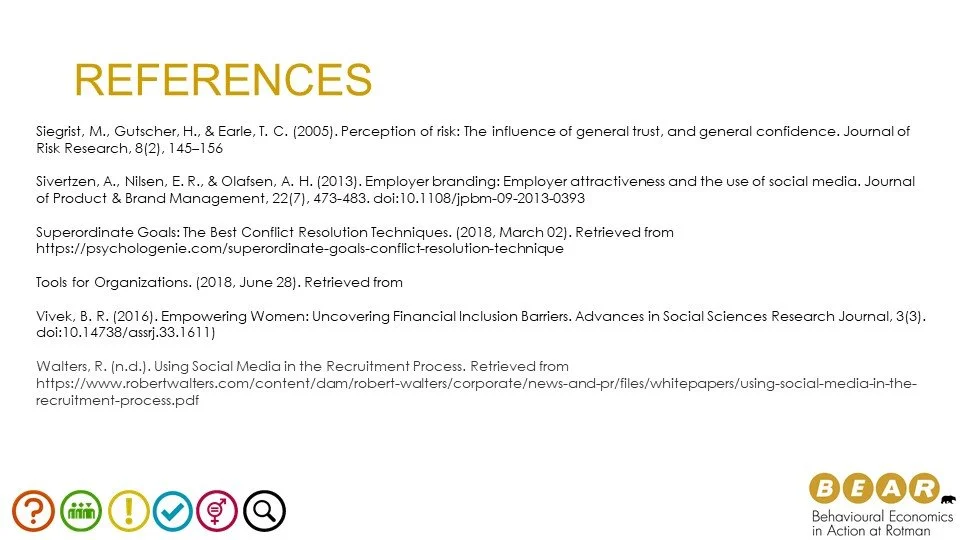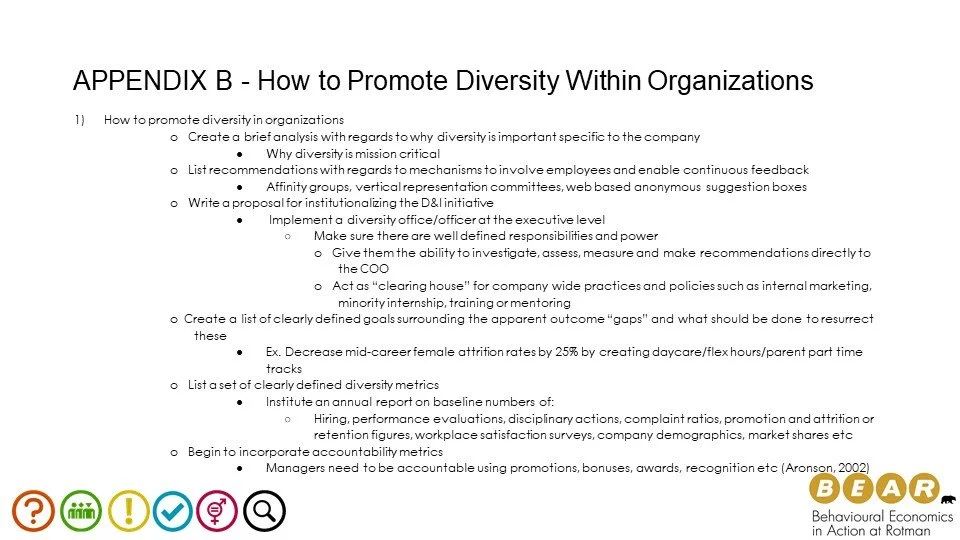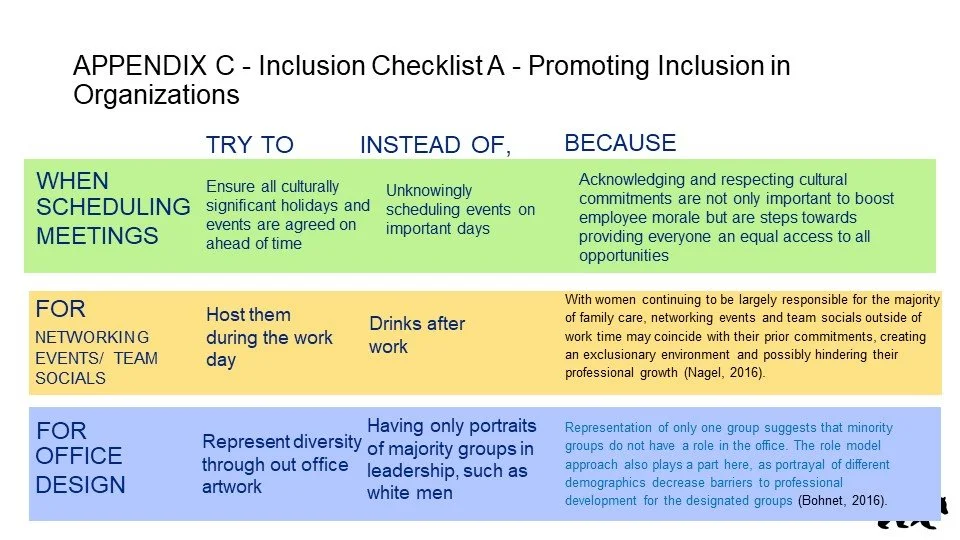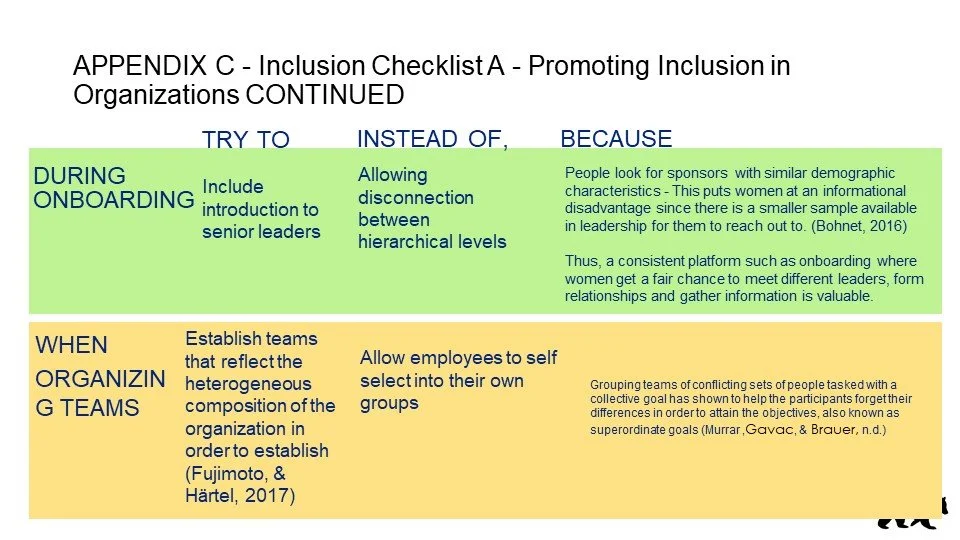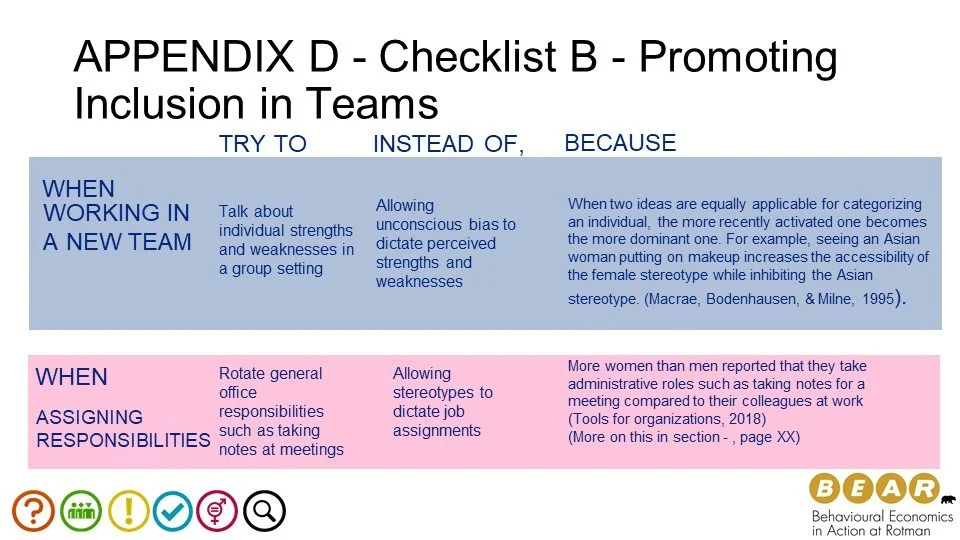Background
Canadian Armed Forces (CAF) has traditionally been a white male organisation. Since a few years, the organisation has been making efforts to recruit more women, visible minorities and indigenous communities with limited success. Our team was tasked to research the barriers that prevent women and visible minorities from applying to Canadian Armed Forces and provide solutions that could help overcome these barriers.
Upfront Limitation
No access to potential and accepted candidates available and in-depth investigation of application steps not possible.
Initial Problem Statement
How can we prompt more women and visible minorities to apply to Canadian Armed Forces?
Methodology
Our team used the business design methodology of FIND, FRAME and SOLVE developed by Dr. Angèle Beausoleil (Professor of Business Design and Innovation) at the Rotman School of Management (more on the methodology here).
My Role (In a team of three)
Team Leadership: Supervised and guided a team of two undergraduates throughout the project.
Project Planning: Created comprehensive project and research plans to ensure successful execution.
Interview Guide Development: Designed an interview guide for primary research and conducted the interviews.
Case Study Review: Conducted secondary research
Insight Synthesis: Analyzed findings and incorporated feedback from clients and internal stakeholders to refine insights.
Playbook Design: Created a "Diversity and Inclusion" playbook to help organizations strategize and implement diversity and inclusion initiatives.
Majority of the images on the website had white men in them which is a deterrent for women and visible minorities who seek diverse representation. Besides, there were news articles containing instances of sexual harassment complaint with little to moderate action taken by Canadian Armed Forces.
This informed our further research of understanding the relationship between culture and its effect on recruitment. We conducted secondary research and interviews with D&I experts and CAF recruiters to understand behavioral barriers at both recruitment and retention level that affect the employees and the employer of an organisation at different stages in an organisation - pre-recruitment, during recruitment, and retention.
WE ASKED OUR INTERVIEWEES…
What are some strategies you employ to attract diverse talent at recruitment stage?
"We try to take female employees to every campus information session . This boosts the morale of female applicants ."
— CAF recruiter
What kind of questions do candidates ask before applying?
"Women have sometimes asked us about child care facilities and parental leave. "
— CAF recruiter
Have you in your experience seen differences in how male and female candidates approach a job application?
"Women tend to self-select out of jobs that seem more masculine because of the job wordings used in the job description while the opposite is not true"
— D&I Expert
Find
We started with a walk-through of the website which is how applicants usually access the online application and apply to Canadian Armed Forces.
Frame
We synthesized the above findings and came up with the following insights:
Insight 1:
Women and visible minorities seek diverse representation or role models during pre-recruitment sessions, on the website and in leadership when researching an organisation.
"We try to take female employees to every campus information session . This boosts the morale of female applicants ."
— CAF recruiter
Insight 2:
Candidates from marginalized groups seek information on policies around work place flexibility, availability of accommodation and anti-discrimination before considering to apply to an organisation.
"Women have sometimes asked us about child care facilities and parental leave. "
— CAF recruiter
Insight 3:
Job-description can preserve inequalities in an organisation if not re-drafted to make them gender neutral or more feminine.
"Women tend to self-select out of jobs that seem more masculine because of the job wordings used in the job description while the opposite is not true"
— D&I Expert
Re-frame of the problem statement
How might we enable Canadian Armed Forces to communicate its value proposition of diversity and inclusion to attract and retain diverse candidates?
Solve
When we started the idea-tion phase, the client was very involved. They wanted simple solutions that could be implemented quickly. Also, the client did not have the capabilities to test the solutions in the limited time left in the project thus, they requested for ways to experiment and test these ideas on their own which we included with each solution.
Solution 1: Role Models
Description - Besides having women and visible minorities represent your team at the recruitment events, it is important to ensure their representation on the website, walls of the offices and headquarters and in employee testimonials shown on the website.
Testing the solution - Introduce header photos on websites displaying the desired groups that are being targeted (such as women on the Armed Forces page), and measure the rate of click through.
Solution 2: Communication
Description - Clearly communicate employee related policies in a separate section on the website which includes how to easily report discrimination and apply for accommodation such as availability of parental leave, and religious holidays. Reinforce these through training.
Testing the solution - Test the awareness of these policies among existing employees with true and false tests. This could provide insight into whether employees fully understand the policies and also hint to any misconceptions employees might have about the policies.
Solution 3: Job Wording
Description - Limit criteria used in ads, such as job responsibilities to minimum requirements, and include gender neutral wording. Certain words are perceived as more feminine, such as communal or interpersonal, or masculine, such as challenge and leadership.
Testing the solution - Draft job advertisements for the same role using masculine and feminine wording and ask the current employees to select which job would they apply for without stating it is the same role and compare the demographics of the groups which self-select into either of these.
Impact
To add more value to the client, we also proposed generating a diversity and inclusion playbook that could be used by them and any organisation from time-to-time. The playbook includes different behavioural barriers at the stage of pre-recruitment, during recruitment and retention and provides solutions to tackle these behavioural barriers.






